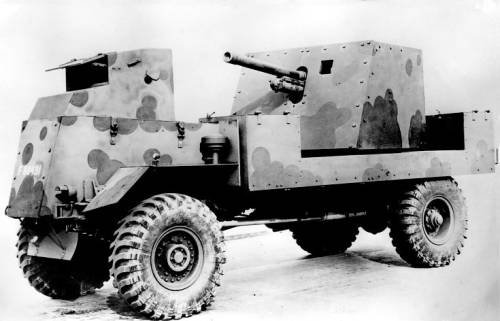Shortround6
Lieutenant General
don't get too carry away with the M7, nice bit of kit. But.......
A four hour barrage firing at even one shot per minute is 240 rounds per barrel.
M7 carried 73 rounds of ammunition.
Artillery needs a crap load of logistic support.
fire rates for the US 105mm
1st 1/2 minute..................8rpm
first 4 min...........................4rpm
first 10 mi...........................3rpm
sustained..........................100 rounds/hour.
You could fire faster at times, however you are juggling barrel life with rates of fire and with charge loads (range)
US 105 barrel was good for around 10,000 rounds.
In NW Europe in 1944 they were replacing barrels in 5,000 rounds. warn barrels are not accurate and they don't give the expected range.
If worn enough they can give "pre-matures" (round going off in the barrel, ruins everybody's whole day)

